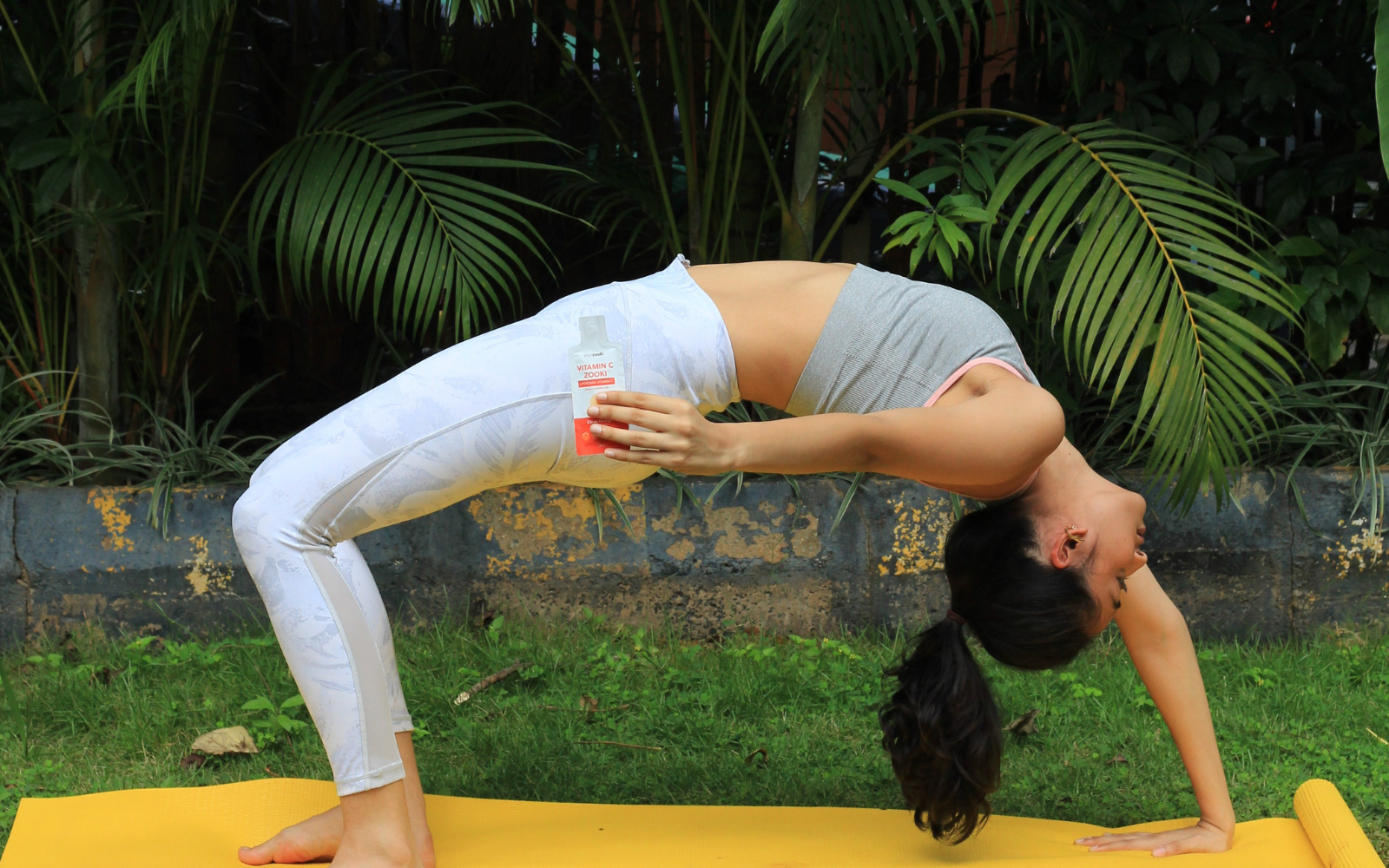Most people know about the fight or flight system, but less so about how to control it when it's activated! First, let's dive into how it works...
What’s the autonomic nervous system?
The autonomic nervous system (ANS) is responsible for regulating your body’s reactions to external changes in your environment. There are two branches of the autonomic nervous system: one is controlled by your reptilian mind/brain (your sympathetic nervous system), and the other is controlled by the meaning-making and decision-making parts of your limbic mind/brain (your parasympathetic nervous system).
What’s the sympathetic nervous system?
The sympathetic nervous system is responsible for dealing with danger and emergencies: it stimulates your glands to release hormones that increase the heart rate, causing you to bring more oxygen into your lungs. This makes you more vigilant whenever your body-mind experiences fear or perceives some sort of threat to meeting your needs.
Fight or flight symptoms
We’ve all experienced the familiar feeling of being in “fight or flight mode” before. Palms sweating, heart racing, feeling on edge… Other symptoms include:
- Skin going pale or flushing
- Dilated pupils
- Feeling tense or trembling
- Digestive system speeding up
- Pain response compromised
And it’s something that we all probably experience more than we should. We should all aim to tap into our parasympathetic nervous systems more and work on calming our fight or flight responses.
What’s the parasympathetic nervous system?
Your parasympathetic nervous system is responsible for healing your body from physical stress and trauma; it stimulates your glands to reduce your heart rate, relax your breathing and facilitate digestion. In a normal day, both systems will be activated as you deal with the stresses of work and appreciate the pleasure in life.
How to calm your fight or flight response
Box breathing
Box breathing is a technique recognised for calming the autonomic nervous system and putting your body back into ‘rest and digest’ mode, which is controlled by the parasympathetic nervous system.
Box breathing is the process of a ‘4-4-4-4’ breath count, which entails breathing out through the mouth for 4 seconds, holding for 4 seconds, inhaling through the nose for 4 seconds and holding at the top for 4 seconds.
The slow holding of the breathe allows Co2 to build up in your blood. An increased blood Co2 enhances the cardio-inhibitory response of your vagus nerve when you exhale and stimulates your parasympathetic nervous system. This will help you start to feel more relaxed and conscious of the present.
This is a great tool as it can be used anywhere whenever you feel your heart rate increase in a moment of reactionary stress.
Other fun ways to calm your fight or flight response:
- Doodling
- A body scan (do this lying down)
- Meditation
- Crafting
- Listening to calm music (binaural beats is great)
- Gardening
If you have not tried any of these, that is where the fun is; exploring what works for you, what you can use on a daily basis.
Nutrition for your nervous system:
Your nervous system also needs the right balance of key nutrients to function at its best. Some nutrients in particular, like vitamin C for example, get depleted when you're stressed! So people with high stress levels may need more vitamin C than the average person.
- Eating a balanced diet, ideally with 7 or more vegetables and 2 fruits a day
- Replenishing nutrients lost due to stress, for example, vitamin C. Vitamin C Zooki is an easy, tasty and effective way to top up your vitamin C levels, supporting energy, immunity and skin health!
- Support your brain health with essential fatty acids like omega 3. Omega 3 Zooki is tasty and high-strength, just a teaspoon a day giving your brain the boost it needs.
We live in a society of overactive nervous systems that lead to built up tension within the body that many people are not aware of. Symptoms of an overactive nervous system are: headaches, fatigue, muddled thinking, constant worrying, low mood, anxiety and insomnia to name a few. So it is time to start becoming aware of your nervous system and how you regulate it on a daily basis.






Share:
The benefits of cryotherapy and infrared sauna with LondonCryo
What's the best skincare routine for ageing skin?